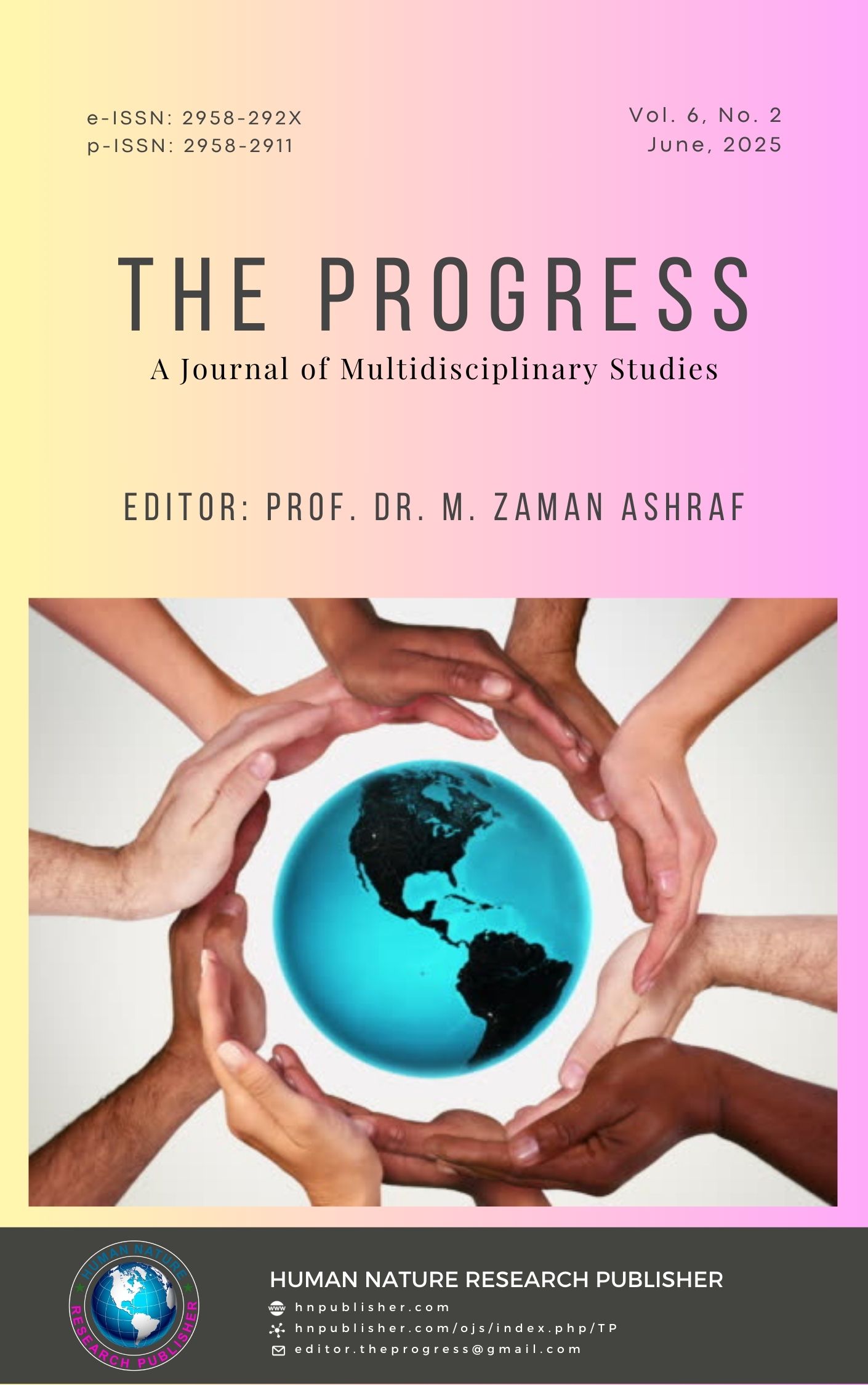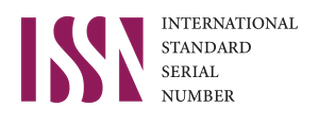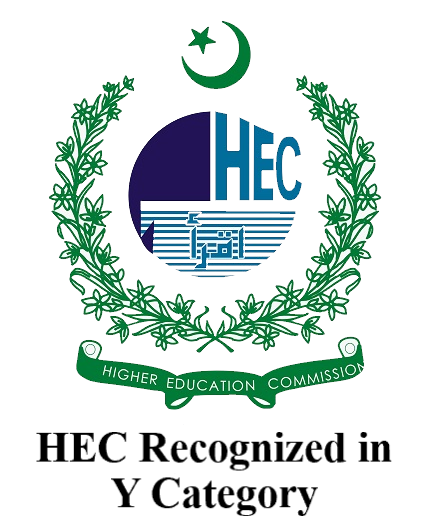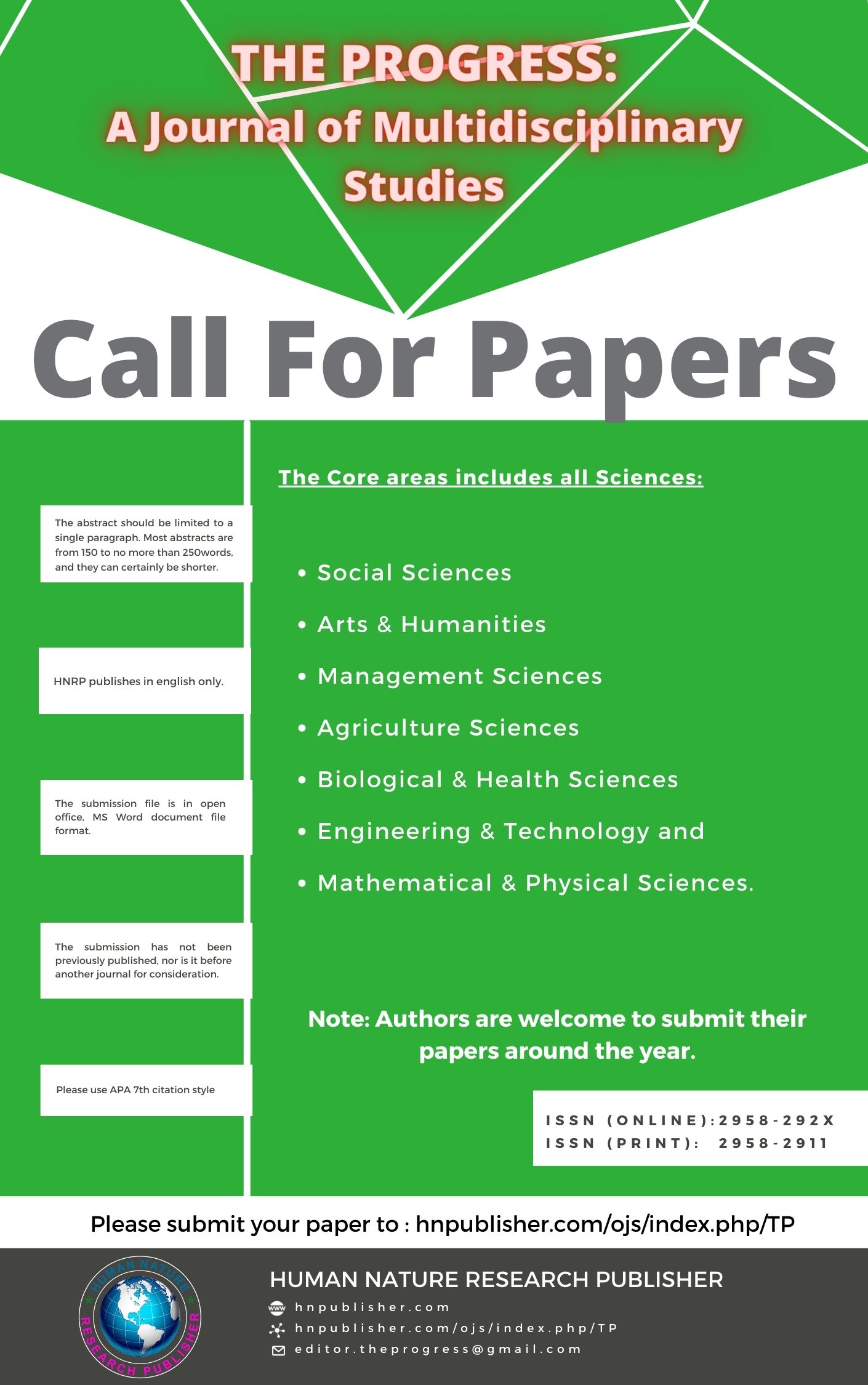The Current State of STEM Education at Public Sector Secondary Schools in Quetta and Its Impact on Students’ Learning Outcomes
DOI:
https://doi.org/10.71016/tp/fv56sb59Keywords:
STEM Education, Secondary Level Education, Public Sector Schools, Students’ Learning Outcomes, PakistanAbstract
Aim of the Study: The current quantitative study was based on the insights of secondary school science subject teachers in Quetta, a city in Balochistan, Pakistan, to assess the current state of STEM education in the secondary schools in Quetta and its impact on students’ learning outcomes.
Methodology: This quantitative study examine the relationship between the current state of STEM education, and institutional support for students’ engagement and motivation in STEM education, moderating effect of students’ learning outcomes. Through stratified random sampling, 63 boys’ secondary schools and 59 girls’ secondary schools were selected. Using simple random sampling, 300 science teachers (140 female and 160 male teachers) were selected. The data were collected through the Science Technology Engineering and Mathematics Questionnaire (STEM-Q), a self-developed tool.
Findings: The findings revealed that STEM education in the Public secondary schools of Quetta is not satisfactory. There is insufficient school support to enhance students’ engagement and motivation for STEM education. Regression coefficient indicates, for every one-unit increase in the current state of STEM education, learning outcomes increase by 0.356 units. Similarly, a significant positive relationship was found between the current state of STEM education in schools and institutional support on students' engagement and motivation for STEM education, where approximately 15.2% of the variance in institutional support on students' engagement and motivation was explained by the current state of STEM education.
Conclusion: The current study determines that STEM activities and learning outcomes should be incorporated across all educational levels, and students can be educated for 21st-century skills, particularly in problem-solving skills. The teachers need to integrate hands-on project-based learning experiences to involve students in learning. Schools need to provide sufficient resources and funding to support STEM education initiatives and infrastructure development.
Downloads
Published
Issue
Section
License
Copyright (c) 2025 Samina Saleem, Prof. Dr. Shahida Sajjad (Author)

This work is licensed under a Creative Commons Attribution-NonCommercial 4.0 International License.








